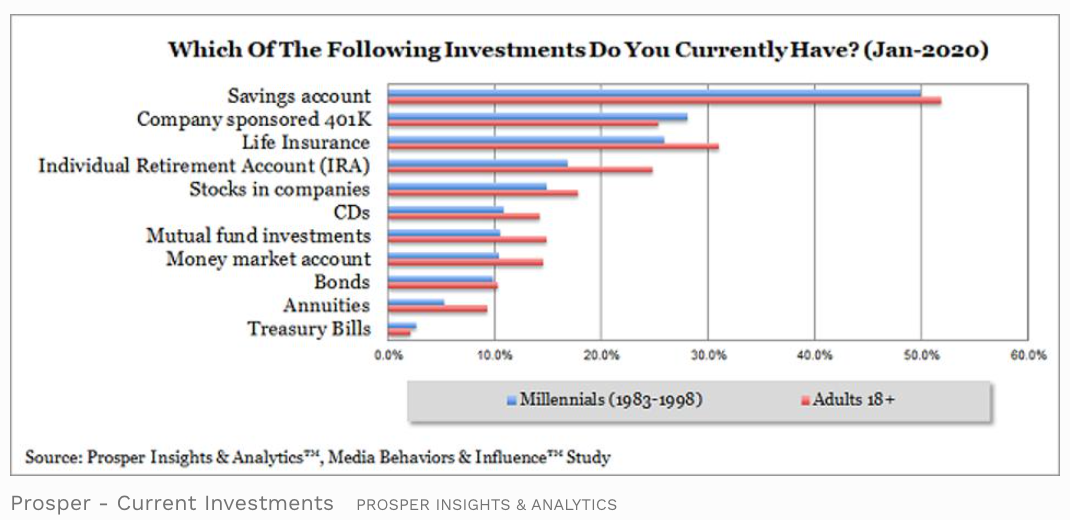
Gary Drenik, Contributor
Dec. 11, 2020
There’s an enormous gap between the number of individuals who need life insurance and those who have it. As recently as 12 months ago, just 31 percent of adults older than 18 currently had life insurance, according to Prosper Insights & Analytics research.

More alarmingly, just 25.9 percent of millennials owned a life insurance policy. However, according to LIMRA data, 57 percent of Americans said they feel a heightened need for life insurance. And LIMRA research revealed that due to increasing consumer interest, term new premium improved 5 percent year-to-date, and the number of term policies issued in the third quarter of 2020 grew 10 percent for the quarter – the largest policy count growth in 18 years.

I recently spoke with Vinod Kachroo, President and COO of SE2, a life and annuities insurance technology and services provider, to discuss the state of the life insurance industry and talk about how technology and digitization will shape the industry going forward by changing the way coverage is bought and sold.
Gary Drenik: What recent changes are you seeing in the life insurance industry?
Vinod Kachroo: The life insurance industry addresses a very critical and basic human need, specifically the need for people to know their loved ones will be financially protected after their death, and the need for lifelong income to ensure they are financially secure. The ways these needs are being is changing. Also, the way in which new generations of consumers are thinking about these needs is changing dramatically. Historically, this industry was built on product and benefit complexity. Today the market is demanding more simplified, personalized products and those that can evolve based on consumer life stages. I also predict a convergence of many related products in the industry, like healthcare, wellness and life insurance beginning to blend because of the availability of digital technologies and medical advances like genome research.
Drenik: Prosper Insights & Analytics research revealed that 15.8 percent of millennials, 16.2 percent of Gen Xers and 8.5 percent of baby boomers were planning to buy or switch types of insurance in 2020. Life insurance can be such a critical investment. Why don’t more people purchase life policies?
Kachroo: SE2 did a survey earlier this year that found many millennials want to buy life insurance, they just don’t know how to buy it or how much they need. Additionally, the younger generation expects their insurance purchasing experiences to be on par with the Amazon “one-click” buying process. They certainly don’t want to complete a long, 25-page life insurance application and subsequently wait weeks for the insurer to issue a policy.

Drenik: How is technology helping to reshape and evolve the life insurance industry?
Kachroo: The industry still mostly runs on complex legacy technologies managed by an aging workforce. Technology and the next generation of customers will not only enable but demand a higher level of product innovation, improved customer engagement and an easier way of doing business that this industry has not previously seen. If insurers aren’t able to deliver instant gratification and quick responses, the new generation will not be likely to purchase policies. Technology is at a place today where it can enable these capabilities but will require us as an industry to reimagine not only our products but our business processes and our operating model. Life insurance will always involve thorough risk management and underwriting, but leveraging technology will make the process much simpler, more engaging and straight-through.
Drenik: How are more recent digital and technology capabilities helping the community?
Kachroo: There are huge numbers of uninsured and underinsured individuals and a large population that’s not adequately ready for retirement. The gap continues to increase, particularly in the mid-market segment where the need for these products is the highest. Right now, the industry does not have the right business, distribution or pricing models to go after that market. A new, technology-led approach, coupled with product innovation, will help life insurers capture that marketplace. Not only is going after the uninsured and underinsured a great business opportunity, but it can also deliver an amazing value to our larger community towards their financial independence.
Drenik: Which technology has the greatest potential of transforming the life insurance industry?
Kachroo: The two that will most notably reshape the life industry will be in the areas of data and engagement. The life insurance industry has loads of historical data and market data that can be used to drive innovations and help deliver the right products and services customized to customer needs. It can also help create the level of customer intimacy and connection that’s been historically been missing from this industry.
Drenik: Thank you, Vinod, for your time and insights on the current landscape of the life insurance industry and the role technology and digitization will play in evolving the way coverage is bought, sold and serviced.
By Gary Drenik, Contributor
© 2024 Forbes Media LLC. All Rights Reserved
This Forbes article was legally licensed through AdvisorStream.


